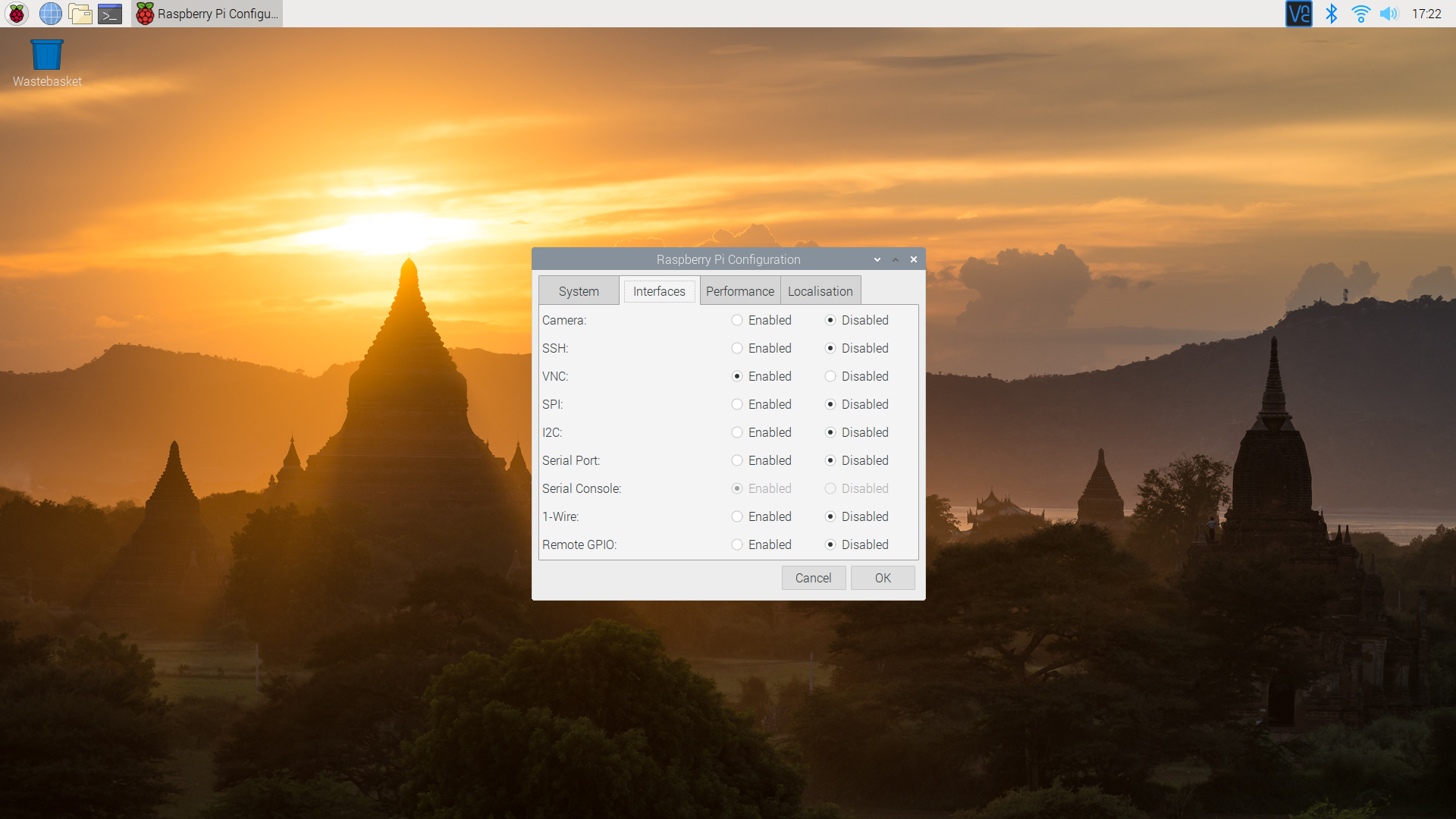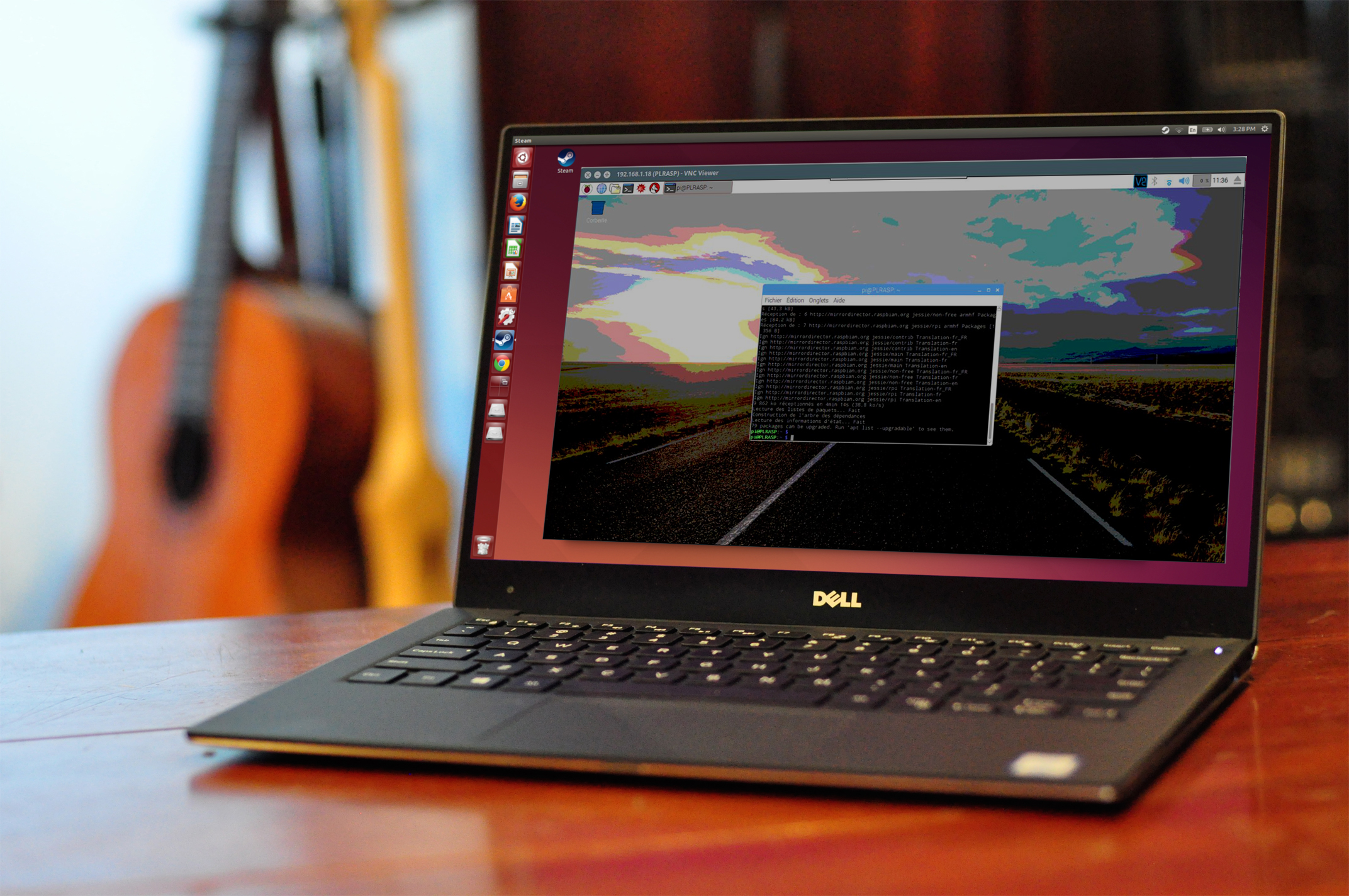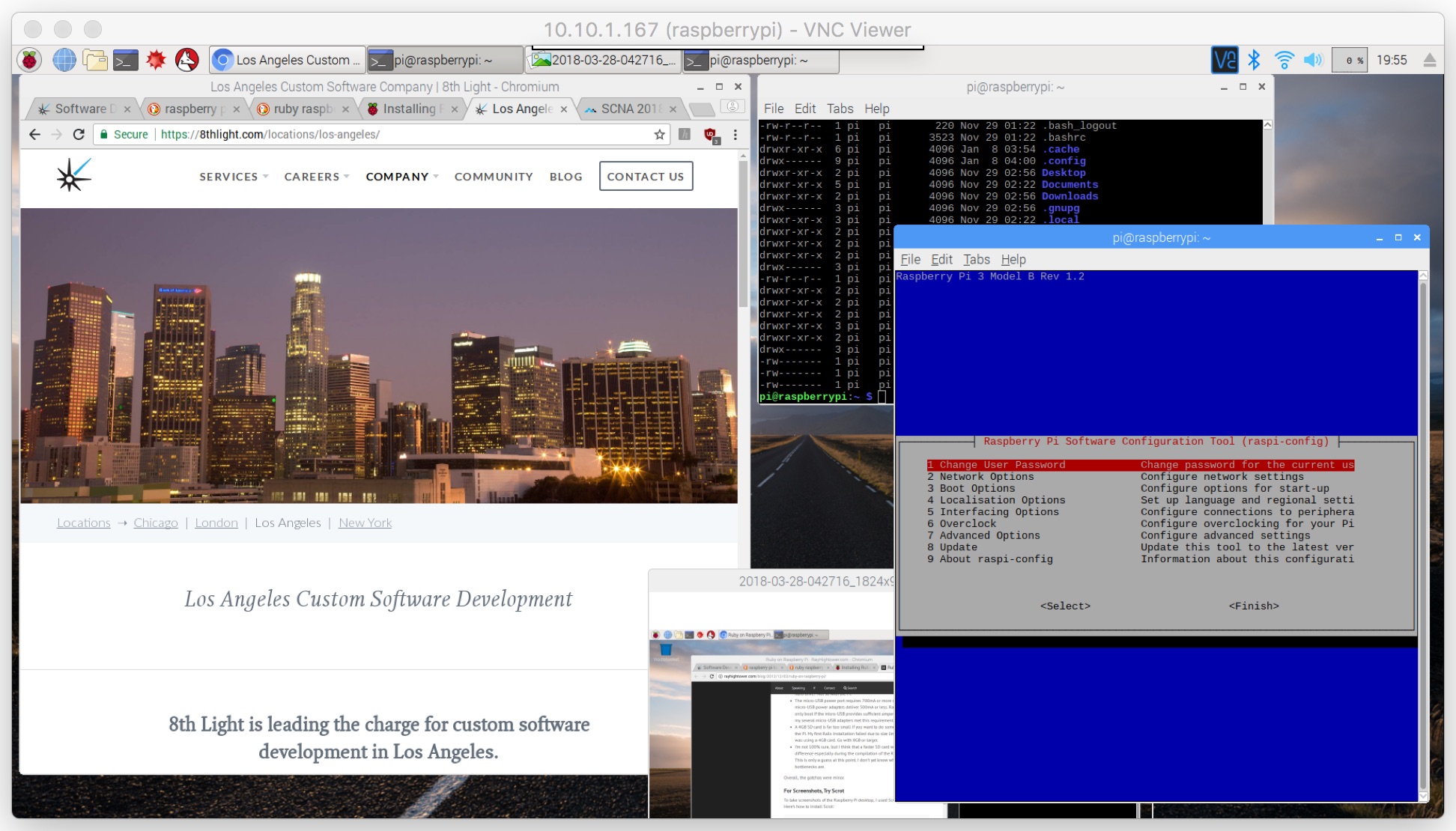Hey there, tech enthusiasts! If you're diving into the world of remote desktop connections on your Raspberry Pi, VNC Viewer is your golden ticket. This powerful tool lets you control your Raspberry Pi from anywhere, making it a must-know for anyone dabbling in Raspberry Pi projects. Whether you're setting up a home server, running a media center, or experimenting with IoT devices, VNC Viewer has got your back. So, buckle up and let's explore everything you need to know about VNC Viewer Raspberry Pi!
VNC Viewer Raspberry Pi is more than just a buzzword in the tech community; it's a game-changer for remote access enthusiasts. With this setup, you can seamlessly access your Raspberry Pi's desktop environment from another device, be it a computer, tablet, or even your smartphone. This capability opens up a world of possibilities, allowing you to manage your projects remotely without being tied to a single location.
Now, you might be wondering, "Why should I bother with VNC Viewer Raspberry Pi?" Well, the answer is simple. It empowers you to harness the full potential of your Raspberry Pi without needing physical access. Whether you're troubleshooting from afar, monitoring system performance, or simply tweaking settings, VNC Viewer makes it all possible. Let's dive deeper into this amazing technology!
- Unveiling The True Essence Of Mothers Warmth Jackerman A Journey Through Love And Comfort
- Hot Ullu Web Series The Ultimate Guide To The Hottest Shows On The Platform
Understanding VNC Viewer Raspberry Pi
Before we get our hands dirty with setup and configuration, let's break down what VNC Viewer Raspberry Pi actually is. VNC stands for Virtual Network Computing, and it's a graphical desktop sharing system that allows you to remotely control another computer. In our case, we're focusing on using VNC Viewer to access a Raspberry Pi's desktop environment from another device.
Here's the kicker: VNC Viewer isn't just about remote access. It's about efficiency, flexibility, and convenience. Imagine being able to tweak your Raspberry Pi's settings while lounging on your couch or even while you're miles away. That's the magic of VNC Viewer Raspberry Pi.
Why Choose VNC Viewer?
There are several remote access tools out there, but VNC Viewer stands out for a few key reasons:
- Ullu Web Series Movierulz Your Ultimate Guide To Streaming And Downloading
- Ullu Web Series Free Online Watch Your Ultimate Guide To Bingewatching
- It's user-friendly, even for beginners.
- It supports cross-platform compatibility, meaning you can connect from Windows, macOS, Linux, Android, or iOS.
- It offers robust security features to protect your Raspberry Pi from unauthorized access.
- It provides a seamless desktop experience, making it feel like you're sitting right in front of your Raspberry Pi.
These advantages make VNC Viewer an excellent choice for anyone looking to enhance their Raspberry Pi experience.
Setting Up VNC Viewer Raspberry Pi
Alright, let's get to the fun part: setting up VNC Viewer on your Raspberry Pi. Don't worry; it's easier than you might think. Follow these simple steps, and you'll be up and running in no time.
Step 1: Enable VNC on Your Raspberry Pi
First things first, you need to enable VNC on your Raspberry Pi. Here's how:
- Boot up your Raspberry Pi and log in to the desktop environment.
- Open the Raspberry Pi Configuration tool by clicking on the menu icon in the top-left corner and navigating to Preferences > Raspberry Pi Configuration.
- Head to the Interfaces tab and select Enabled next to VNC.
- Click OK to save your changes and restart your Raspberry Pi if prompted.
Voila! VNC is now enabled on your Raspberry Pi.
Step 2: Install VNC Viewer on Your Device
Next, you'll need to install the VNC Viewer app on the device you plan to use for remote access. Here's what you need to do:
- For Windows or macOS, download the VNC Viewer software from the official RealVNC website.
- For Android or iOS, search for "VNC Viewer" in the Google Play Store or Apple App Store and install the app.
Once installed, open the app and you're ready to proceed to the next step.
Step 3: Connect to Your Raspberry Pi
Connecting to your Raspberry Pi is a breeze. Just follow these instructions:
- In the VNC Viewer app, click on the "+" icon to add a new connection.
- Enter the IP address of your Raspberry Pi in the format
raspberrypi.localor the actual IP address (e.g.,192.168.1.10). - Click Connect, and you'll be prompted to enter your Raspberry Pi's username and password.
And just like that, you're connected! You'll now see your Raspberry Pi's desktop environment right on your screen.
Optimizing VNC Viewer Raspberry Pi
Now that you've got VNC Viewer up and running, it's time to optimize it for the best performance. Here are a few tips to enhance your experience:
Tweak Your VNC Settings
VNC Viewer offers a range of settings to fine-tune your connection. You can adjust the display resolution, color depth, and encryption level to suit your needs. To access these settings:
- Open the VNC Viewer app and click on the gear icon in the top-right corner.
- Select Options and explore the various settings available.
- Experiment with different configurations to find what works best for you.
Pro tip: If you're experiencing lag, try reducing the color depth or enabling compression to improve performance.
Secure Your Connection
Security should always be a top priority when dealing with remote access. VNC Viewer offers several security features to protect your Raspberry Pi:
- Use strong, unique passwords for your Raspberry Pi login.
- Enable encryption to secure your connection against eavesdropping.
- Consider using a firewall to restrict access to your Raspberry Pi's VNC port.
By following these best practices, you can ensure that your VNC Viewer Raspberry Pi setup remains secure and reliable.
Common Issues and Troubleshooting
As with any technology, you might encounter a few hiccups along the way. Here are some common issues and how to resolve them:
Problem: Unable to Connect
If you're unable to connect to your Raspberry Pi, check the following:
- Ensure that VNC is enabled on your Raspberry Pi.
- Verify that the IP address you entered is correct.
- Make sure both devices are on the same network.
Problem: Slow Performance
Experiencing sluggish performance? Try these solutions:
- Lower the display resolution in VNC Viewer settings.
- Reduce the color depth to 8-bit or 16-bit.
- Enable compression to speed up data transfer.
These tweaks should help improve the responsiveness of your VNC connection.
Exploring Advanced Features
Once you've mastered the basics, it's time to explore some of the advanced features VNC Viewer Raspberry Pi has to offer:
File Transfer
VNC Viewer allows you to transfer files between your Raspberry Pi and your local device. To use this feature:
- Click on the clipboard icon in the VNC Viewer toolbar.
- Select File Transfer and choose the files you want to transfer.
- Follow the on-screen instructions to complete the transfer.
This feature is particularly handy for moving large files or entire directories between devices.
Remote Printing
VNC Viewer also supports remote printing, enabling you to print documents from your Raspberry Pi to a printer connected to your local device. To set this up:
- Ensure that your local printer is properly configured and online.
- Open the VNC Viewer app and click on the gear icon.
- Select Options > Printing and enable remote printing.
Now you can print directly from your Raspberry Pi as if it were connected to your local printer.
Real-World Applications
VNC Viewer Raspberry Pi isn't just a toy for tech enthusiasts; it has practical applications in various fields. Here are a few examples:
Home Automation
With VNC Viewer, you can remotely monitor and control your home automation systems powered by Raspberry Pi. Whether you're adjusting smart lighting, checking security cameras, or managing climate control, VNC Viewer makes it easy to stay in control from anywhere.
Education and Training
In the education sector, VNC Viewer Raspberry Pi is a valuable tool for remote learning and training. Teachers can demonstrate coding projects or conduct virtual labs without needing physical presence. Students can access Raspberry Pi-based learning resources from home, fostering a more flexible learning environment.
Data and Statistics
To give you a better understanding of the impact of VNC Viewer Raspberry Pi, here are some interesting statistics:
- According to RealVNC, over 1 billion devices worldwide use VNC technology.
- Raspberry Pi has sold more than 40 million units globally, making it one of the most popular single-board computers.
- A survey conducted by the Raspberry Pi Foundation revealed that 70% of users utilize remote access tools like VNC Viewer for their projects.
These numbers highlight the widespread adoption and importance of VNC Viewer in the Raspberry Pi ecosystem.
Conclusion
Well, there you have it—a comprehensive guide to mastering VNC Viewer Raspberry Pi. From setup and optimization to advanced features and real-world applications, we've covered everything you need to know to make the most of this incredible technology.
So, what are you waiting for? Dive into the world of VNC Viewer Raspberry Pi and unlock new possibilities for your projects. Don't forget to share your experiences in the comments below and check out our other articles for more tech tips and tricks!
Table of Contents:


